Author: MA Salim, OF Al-Sheikhly, KA Majeed, RF Porter - Sandgrouse
Author contact:
Publisher: academia.edu
Place: Iraq
Abstract
This checklist summarises the status of birds recorded in Iraq up to January 2012. It is based
on an extensive review of the ornithological literature, the results of seven years of surveys
throughout the country by Nature Iraq and comments received following the publication
of our provisional checklist (Porter et al 2010). A further stimulus for the preparation of this
checklist was the publication of a ield guide to the birds of Iraq in Arabic (Salim et al 2006).
During the last century many of the ornithological advances were made by non-Iraqis
visiting the country for relatively short periods. Much of this was captured in two classic
publications by Bashir Allouse, Avifauna of Iraq, published in English in 1953, and Birds of
Iraq in Arabic in three parts in 1960, 1961 and 1962. From the late 1970s few bird surveys
were made until Nature Iraq started its extensive Key Biodiversity Areas programme
in 2005 with the goal of identifying those sites that are important for their biological
diversity. These systematic surveys, the first of their kind in Iraq, have been conducted in
summer and winter in three main regions of the country: the Mesopotamian marshlands
and coastal habitats of southern Iraq (2005–2010), the lakes, grasslands, woodlands and
mountains of Kurdistan (2007–2011), and the desert region of central and western Iraq
(2009–2011). The greatly increased knowledge of the country’s breeding birds arising from
this work appeared in Ararat et al (2011). Since that paper six further breeding species
have been determined: Pharaoh Eagle Owl Bubo ascalaphus, Plain Leaf Warbler Phylloscopus
neglectus, Common Whitethroat Sylvia communis, Hume’s Wheatear Oenanthe albonigra
(overlooked in Ararat et al 2011), Rufous-tailed Rock Thrush Monticola saxatilis (ditto Ararat
et al 2011) and Grey-necked Bunting Emberiza buchanani.
Little attempt has been made to include subspecies, though this will be an important
action for future revisions. Furthermore, with ever-evolving taxonomy, we have been
careful not to call this a species checklist. Whilst essentially that is what it is we are
aware that it includes taxa where the subspecies of a ‘parent species’ have been recorded
(eg Eastern Greylag Goose Anser anser rubrirostris and Baltic Gull Larus fuscus fuscus) or
where there is continuing discussion on the merits of giving a taxon full species status (eg
Turkestan Lanius phoenicuroides and Daurian L. isabellinus Shrikes or Hooded Corvus cornix
and Mesopotamian C. capellanus Crows). We have followed Porter & Aspinall (2010) and
the Ornithological Society of the Middle East Regional List (www.osme.org) for taxonomic
order and nomenclature. For completeness, we conclude the checklist with records that are
no longer considered acceptable (lack of supporting detail).
In 2009, the Nature Iraq Bird Records Committee was established in order to objectively
assess claims of new bird taxa in Iraq and to examine past published records where doubt
has been expressed over identification or provenance. All rarity records since 2005 have
been considered by the NIBRC but the review of past observations will be an on-going
process.
Cite this article
Salim, M.A., Al-Sheikhly, O.F., Majeed, K.A. and Porter, R.F., 2012. An annotated checklist of the birds of Iraq. Sandgrouse, 34(1), pp.3-44.

